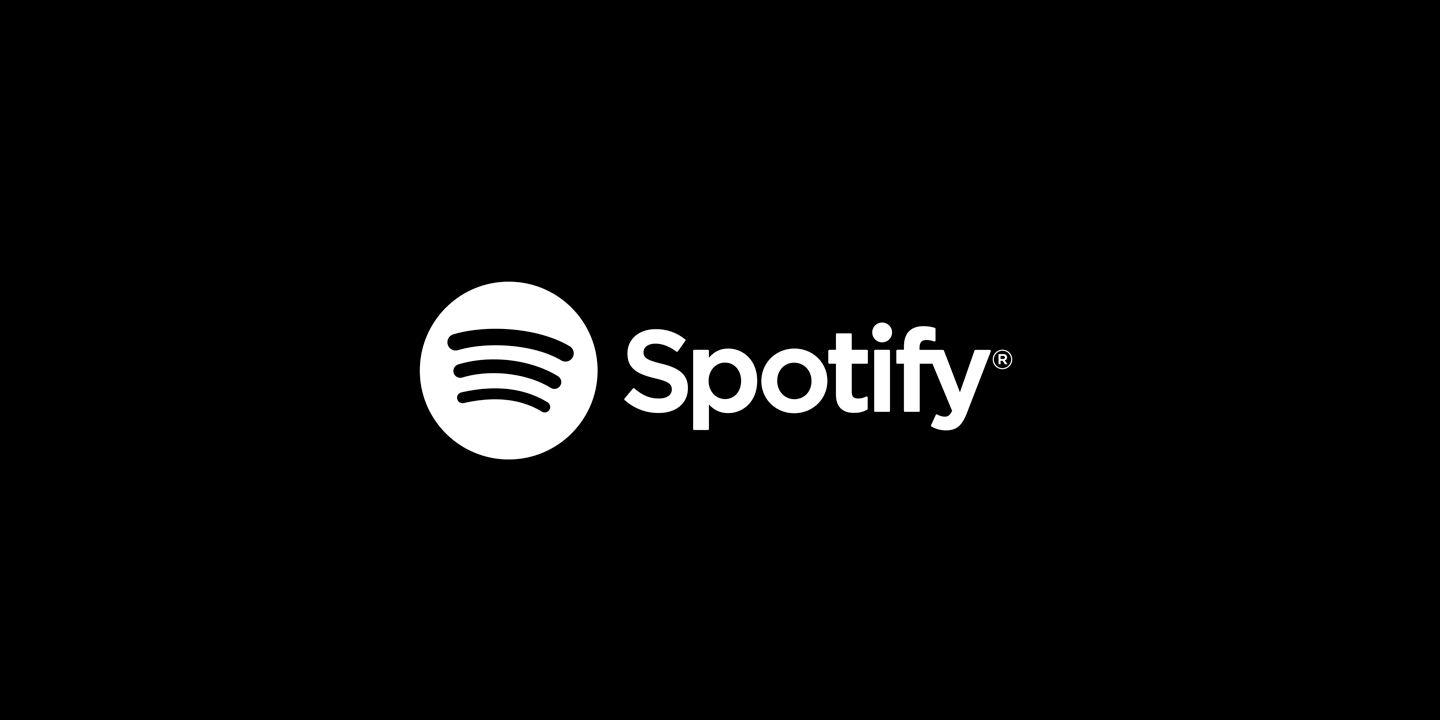
Earlier today, CEO Daniel Ek shared the following note about the company’s organizational changes with all Spotify employees.
Team,
As we say in our Band Manifesto, change is the only constant. For this reason, I continue to reiterate that speed is the most defensible strategy a business can have. But speed alone is not enough. We must also operate with efficiency. It’s these two things together that will fuel our long-term success. With this in mind, I have some important news to share today.
While we have made great progress in improving speed in the last few years, we haven’t focused as much on improving efficiency. We still spend far too much time syncing on slightly different strategies, which slows us down. And in a challenging economic environment, efficiency takes on greater importance. So, in an effort to drive more efficiency, control costs, and speed up decision-making, I have decided to restructure our organization.
To start, we are fundamentally changing how we operate at the top. To do this, I will be centralizing the majority of our engineering and product work under Gustav as Chief Product Officer and the business areas under Alex as Chief Business Officer. I’m happy to say that Gustav and Alex, who have been with Spotify for a long time and have done great work, will be leading these teams as co-presidents, effectively helping me run the company day-to-day. They’ll tell you more about what this means in the coming days, but I’m confident that with their leadership, we’ll be able to achieve great things for Spotify.
Personally, these changes will allow me to get back to the part where I do my best work—spending more time working on the future of Spotify—and I can’t wait to share more about all the things we have coming.
As a part of this change, Dawn Ostroff has decided to depart Spotify. Dawn has made a tremendous mark not only on Spotify, but on the audio industry overall. Because of her efforts, Spotify grew our podcast content by 40x, drove significant innovation in the medium and became the leading music and podcast service in many markets. These investments in audio offered new opportunities for music and podcast creators and also drove new interest in the potential of Spotify’s audio advertising. Thanks to her work, Spotify was able to innovate on the ads format itself and more than double the revenue of our advertising business to €1.5 billion. We are enormously grateful for the pivotal role she has played and wish her much success. In the near term, Dawn will assume the role of senior advisor to help facilitate this transition. Alex will take on the responsibility for the content, advertising and licensing work going forward and you’ll hear more from him on that.
The need to become more efficient
That brings me to the second update. As part of this effort, and to bring our costs more in line, we’ve made the difficult but necessary decision to reduce our number of employees.
Over the next several hours, one-on-one conversations will take place with all impacted employees. And while I believe this decision is right for Spotify, I understand that with our historic focus on growth, many of you will view this as a shift in our culture. But as we evolve and grow as a business, so must our way of working while still staying true to our core values.
To offer some perspective on why we are making this decision, in 2022, the growth of Spotify’s OPEX outpaced our revenue growth by 2X. That would have been unsustainable long-term in any climate, but with a challenging macro environment, it would be even more difficult to close the gap. As you are well aware, over the last few months we’ve made a considerable effort to rein-in costs, but it simply hasn’t been enough. So while it is clear this path is the right one for Spotify, it doesn’t make it any easier—especially as we think about the many contributions these colleagues have made.
Like many other leaders, I hoped to sustain the strong tailwinds from the pandemic and believed that our broad global business and lower risk to the impact of a slowdown in ads would insulate us. In hindsight, I was too ambitious in investing ahead of our revenue growth. And for this reason, today, we are reducing our employee base by about 6% across the company. I take full accountability for the moves that got us here today.
My focus now is on ensuring that every employee is treated fairly as they depart. While Katarina will provide more detail on all of the specifics around the ways we are committed to supporting these talented bandmates, the following will apply to all impacted employees:
- Severance pay: We will start with a baseline for all employees with the average employee receiving approximately 5 months of severance. This will be calculated based on local notice period requirements and employee tenure.
- PTO: All accrued and unused vacation will be paid out to any departing employee.
- Healthcare: We will continue to cover healthcare for employees during their severance period.
- Immigration support: For employees whose immigration status is connected with their employment, HRBPs are working with each impacted individual in concert with our mobility team.
- Career Support: All employees will be eligible for outplacement services for 2 months.
What’s Next
In almost all respects, we accomplished what we set out to do in 2022 and our overall business continues to perform nicely. But 2023 marks a new chapter. It’s my belief that because of these tough decisions, we will be better positioned for the future. We have ambitious goals and nothing has changed in our commitment to achieving them.
We’ve come a long way in our efforts to build a comprehensive platform for creators of all levels, but there’s still much to be done. To truly become the go-to destination for creators, we need to keep improving our tools and technology, explore new ways to help creators engage with their audiences, grow their careers, and monetize their work.
In fact, looking at our roadmap, with the changes we are making and what we have planned to share at our upcoming Stream On event, I’m confident that 2023 will be a year where consumers and creators will see a steady stream of innovations unlike anything we have introduced in the last several years. I will share more about these exciting developments in the coming weeks.
Finally, I hope you will join me tomorrow for Unplugged.
And again, for those of you who are leaving, I thank you for everything you’ve done for Spotify and wish you every future success.
– Daniel




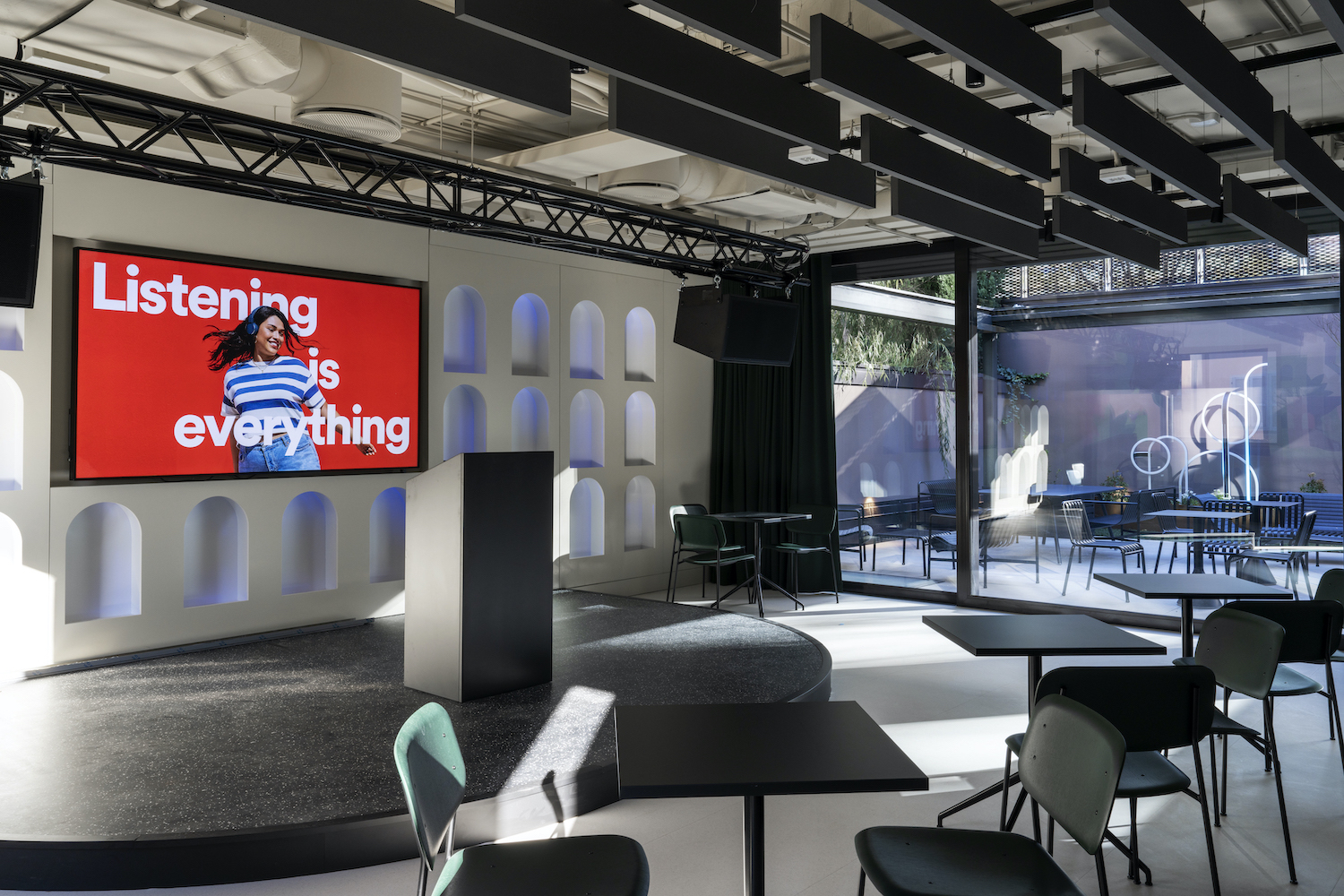
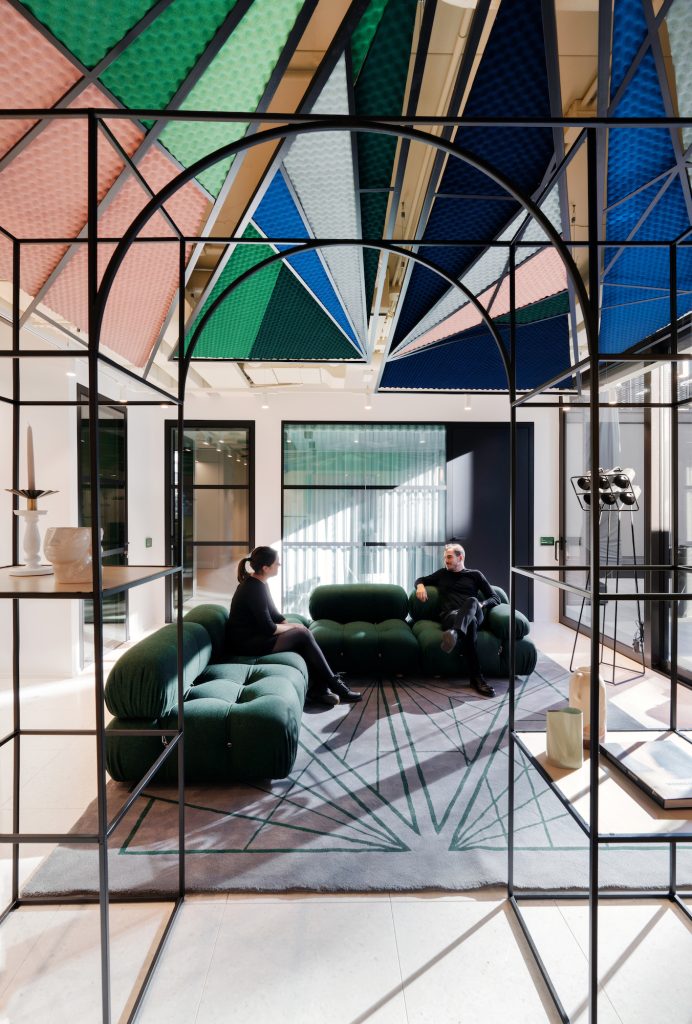
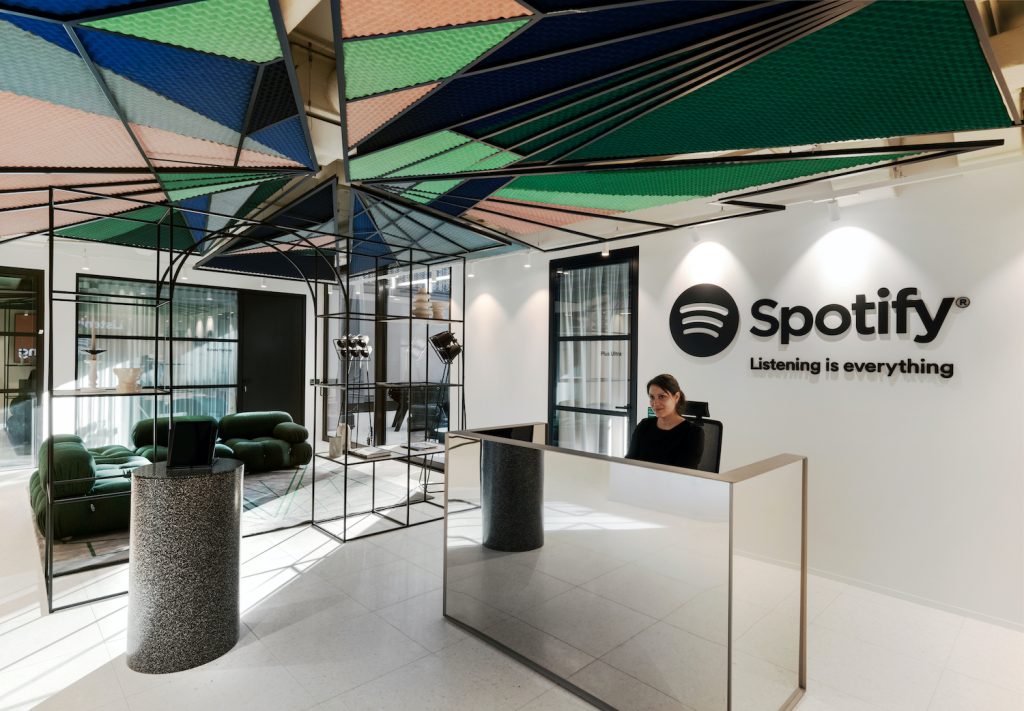
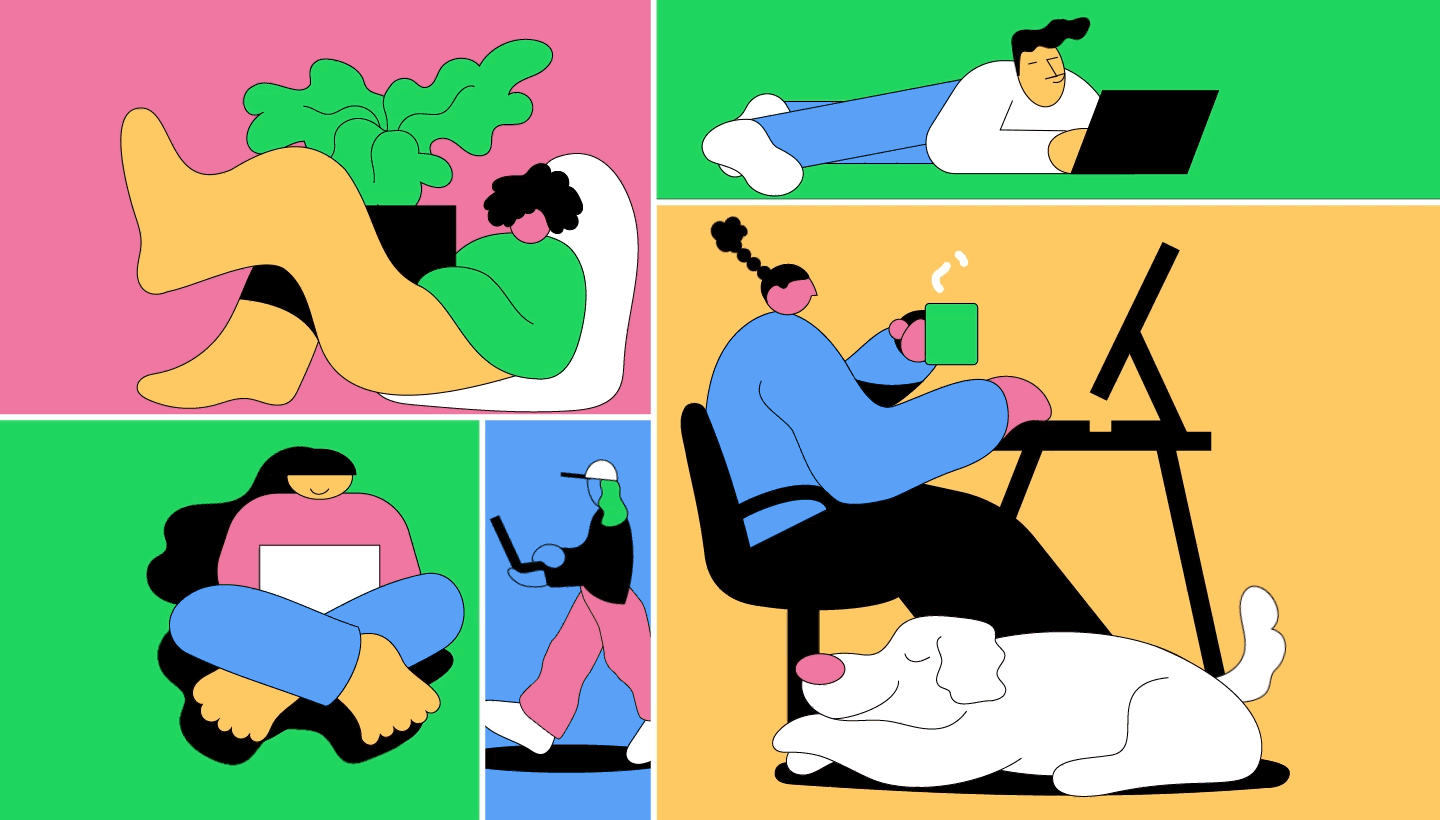
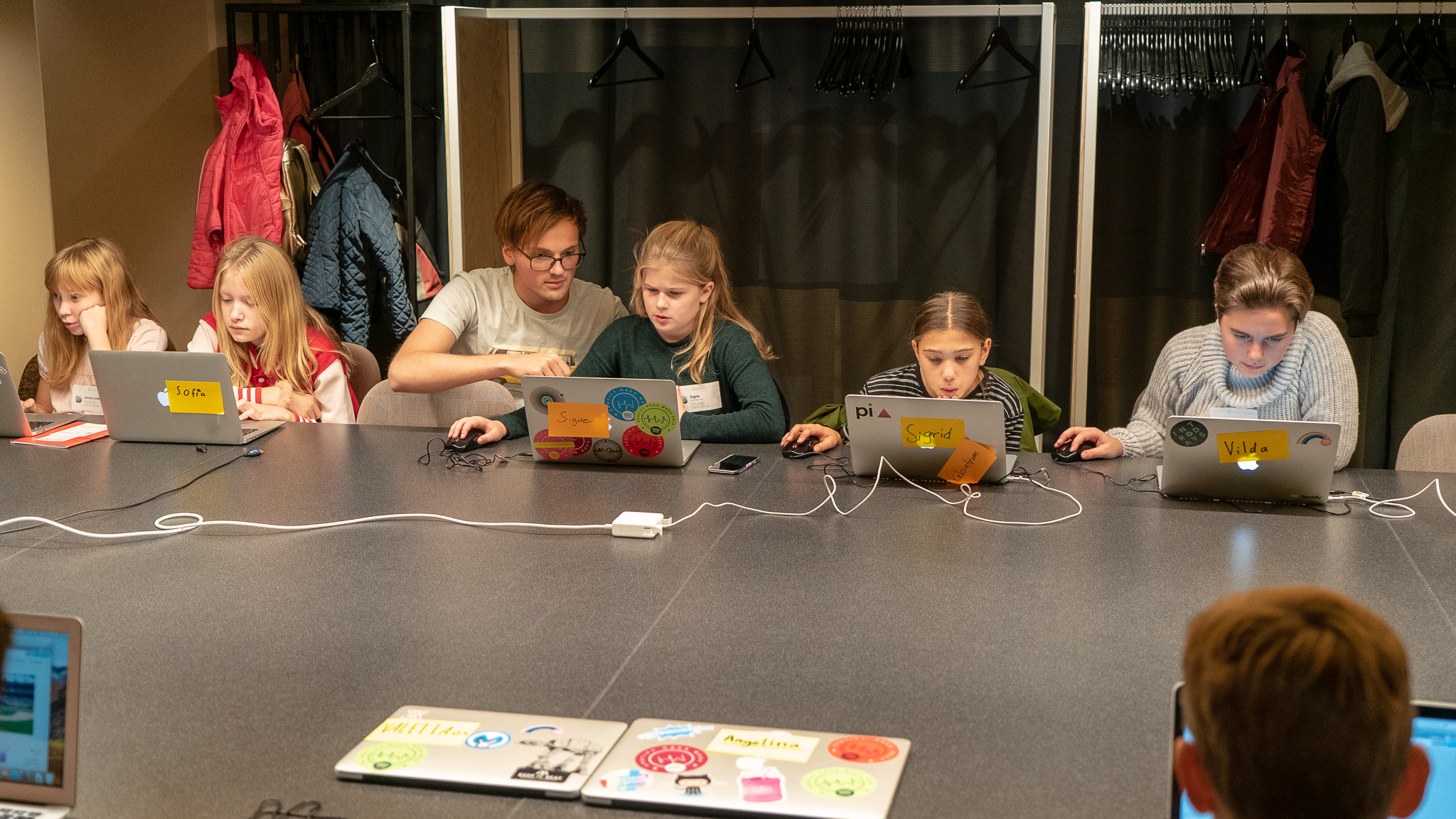
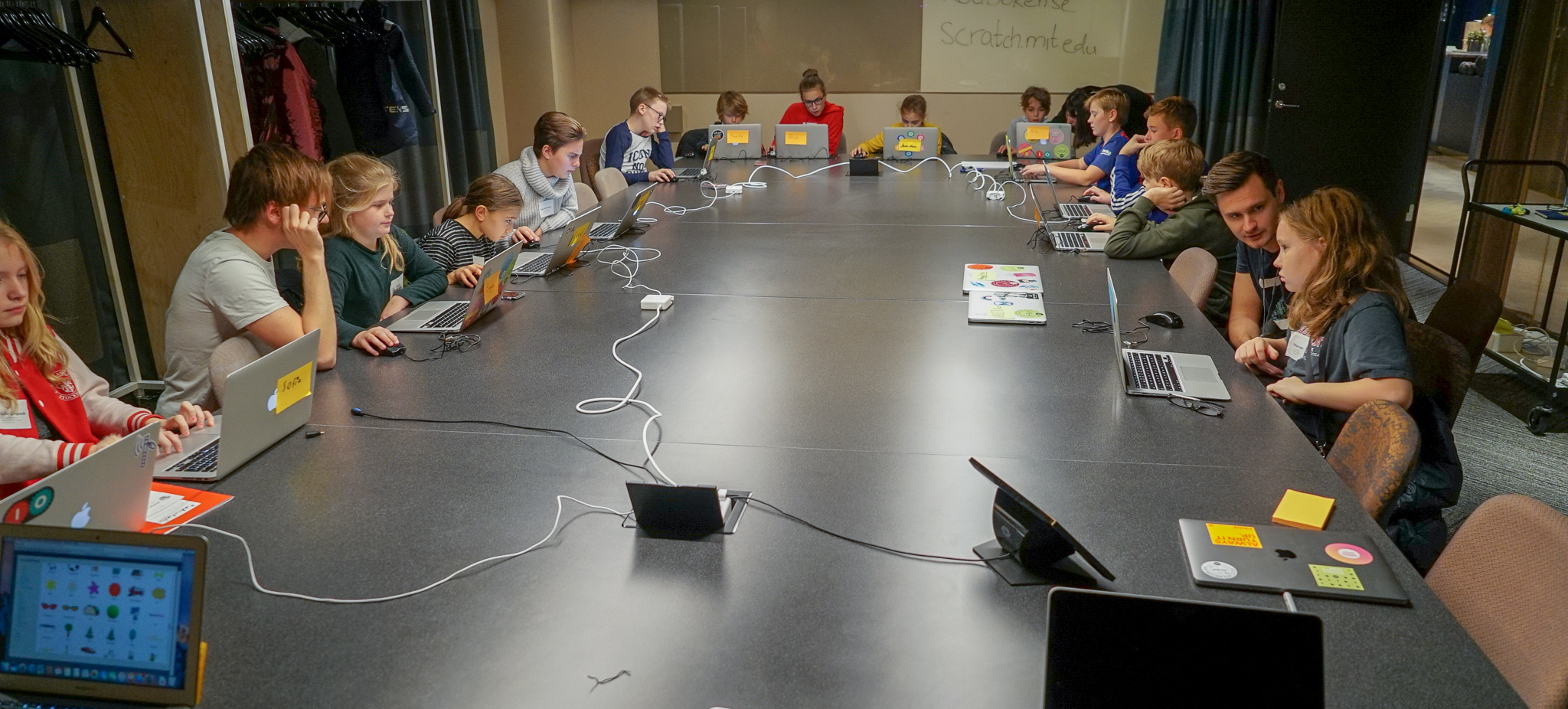


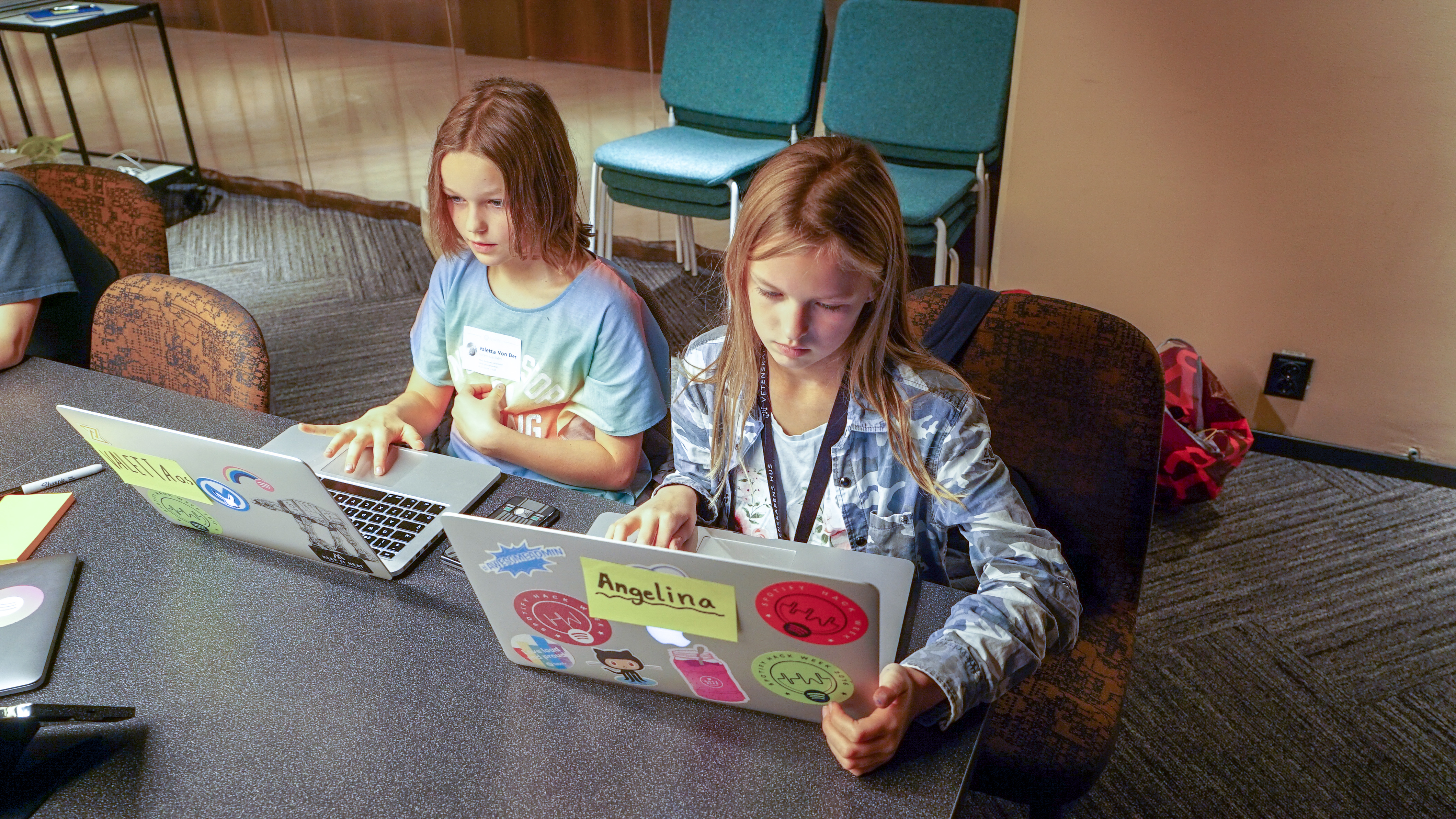
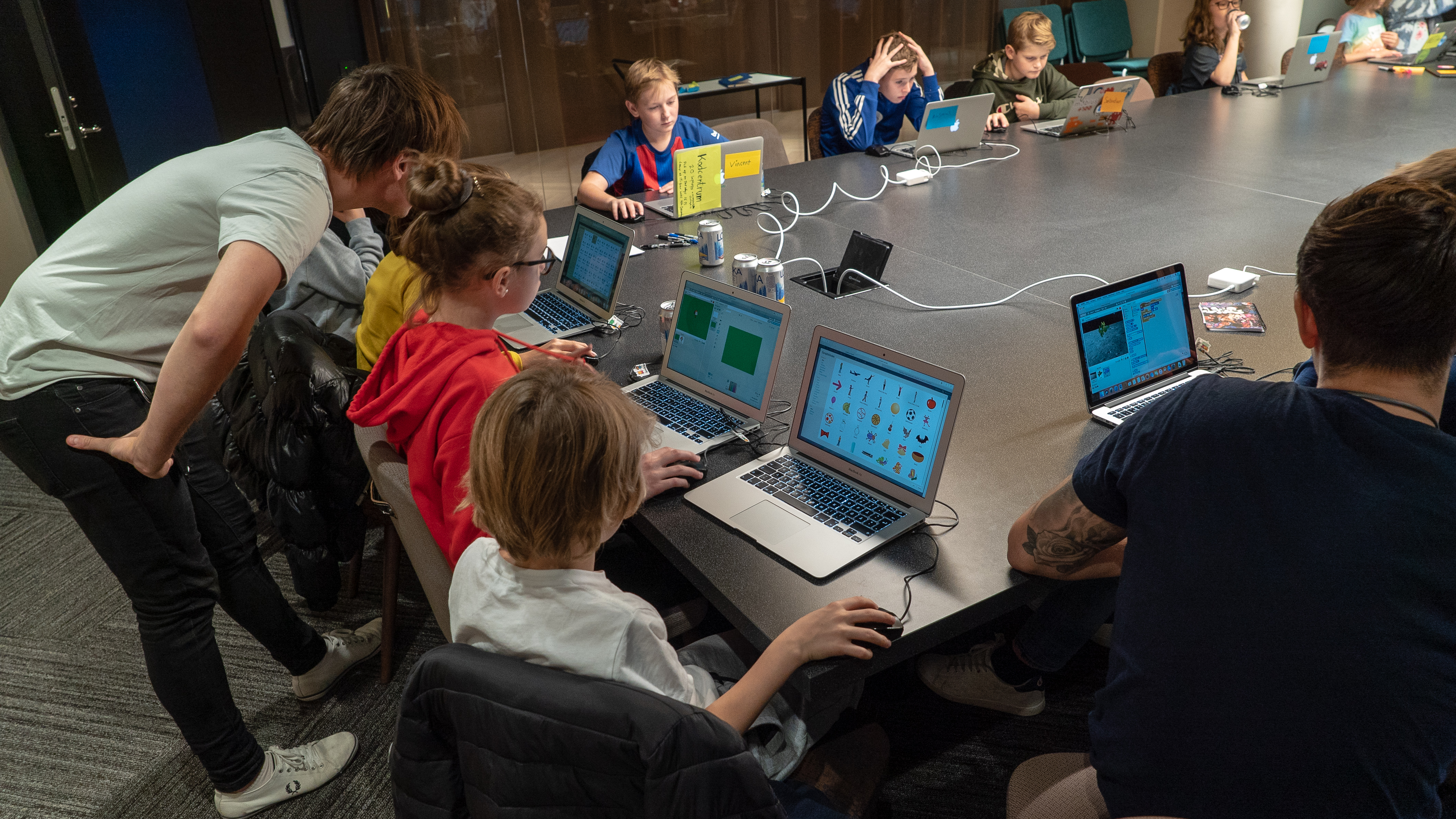

Recent Comments